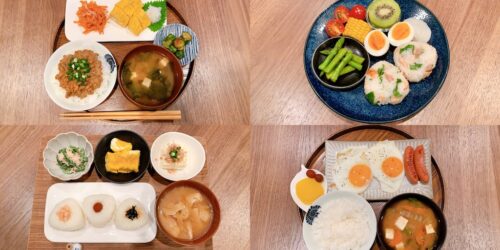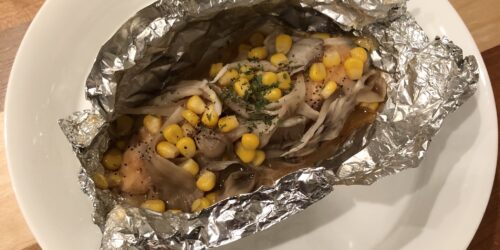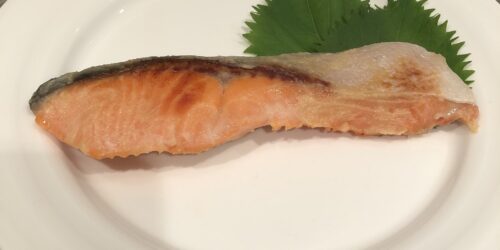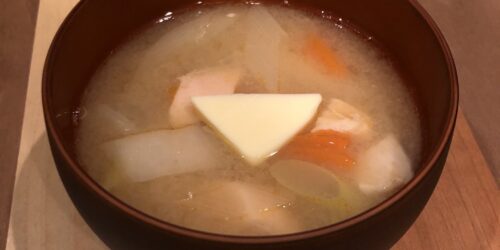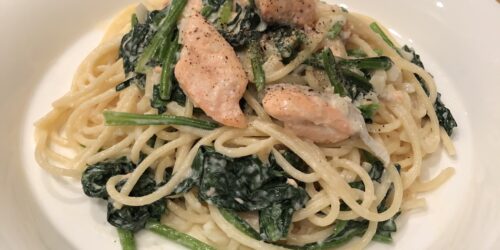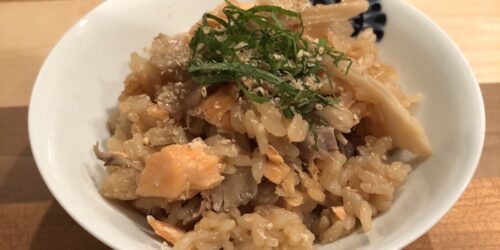What Is Ikura (Salmon Roe) and How Is It Used?
What Is Ikura (Salmon Roe)?
Ikura is a fish egg of salmon and trout.
In English, it’s usually expressed as salmon roe, salmon caviar, or red caviar.
In order to take ikura from salmon or trout, you need to remove a thin film of the ovaries that wraps the egg, and divide the ripe eggs before spawning into individual eggs.
Generally, it is not heat-processed and is eaten after being marinated in salt or soy sauce.
When you think of the size of ikura based on salmon roe, trout roe is slightly smaller and more reasonable than salmon roe.
By the way, the term “ikura” is come from Russian. But, I’ve heard that “ikura” in Russian means the whole fish eggs (including fish other than salmon and trout) unlike the meaning of “ikura” in Japanese.
It is said that the custom of eating salmon roe was also transmitted from Russia. However, it seems that Russia does not eat salmon roe on a daily basis as much as in Japan.
What Does Ikura (Salmon Roe) Taste Like?
The egg membrane cracks and the inside of the egg pops out at the moment you chew ikura. It feels a little oily.
You may feel richness of the ikura, but the taste is actually light and simple. So, it will be much more delicious if it’s marinated in soy sauce-based sauce. The marinate sauce takes away the bad smell of ikura, and you can directly feel the umami of them!
Are you interested in the differences between the taste of salmon roe and trout roe?
Sometimes people say trout roe has more rich and strong sweetness than salmon roe. However, it is thought that this is largely due to individual differences in the fish itself and the seasoning of salt, soy sauce, etc. during processing rather than the differences between salmon and trout.
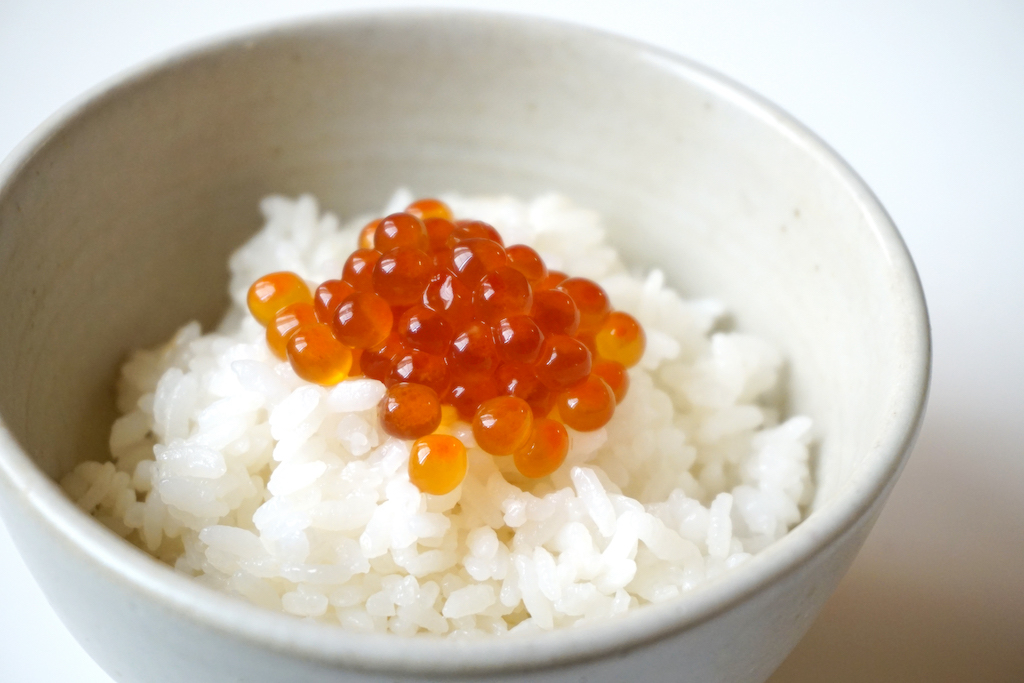
How Is Ikura (Salmon Roe) Used?
Nowadays marinating ikura in slightly sweet soy sauce-based sauce have become the mainstream. And that is used as sushi ingredients, bowl dish, etc.
Since marinated ikura matches super well with rice, it is often served with rice.
Here are some examples.
Sushi
When ikura is used for sushi, it usually become gunkan-maki: sushi made by wrapping a strip of nori around a rice ball with ikura.
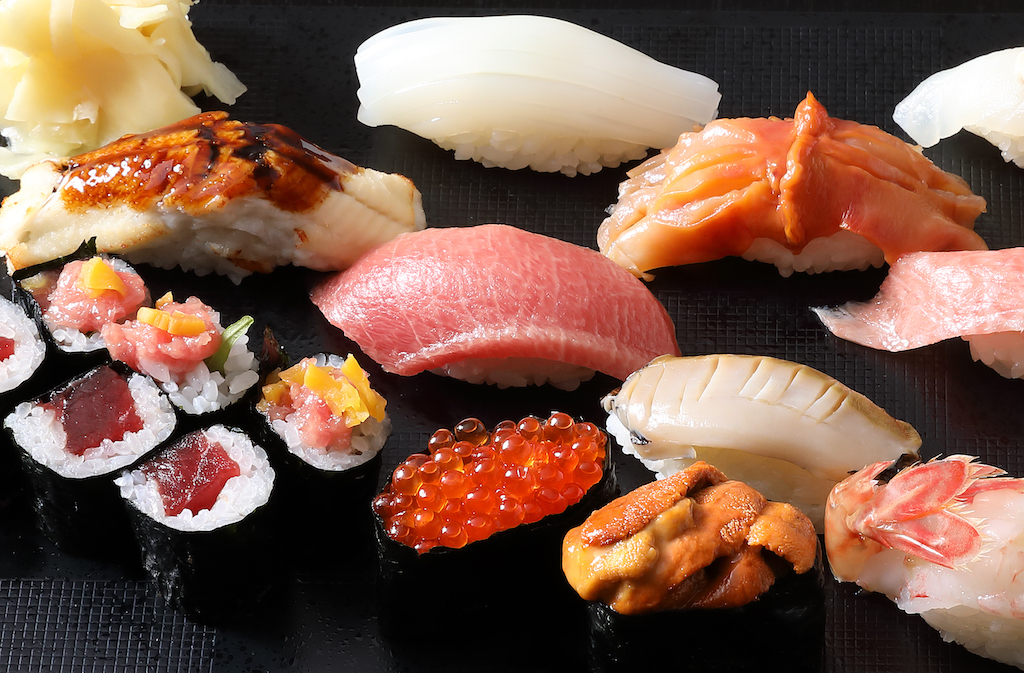
Hand Rolled Sushi
It’s made by wrapping rice and fillings with nori (dried seaweed) by hand. The fillings can be anything, and ikura is the perfect one!
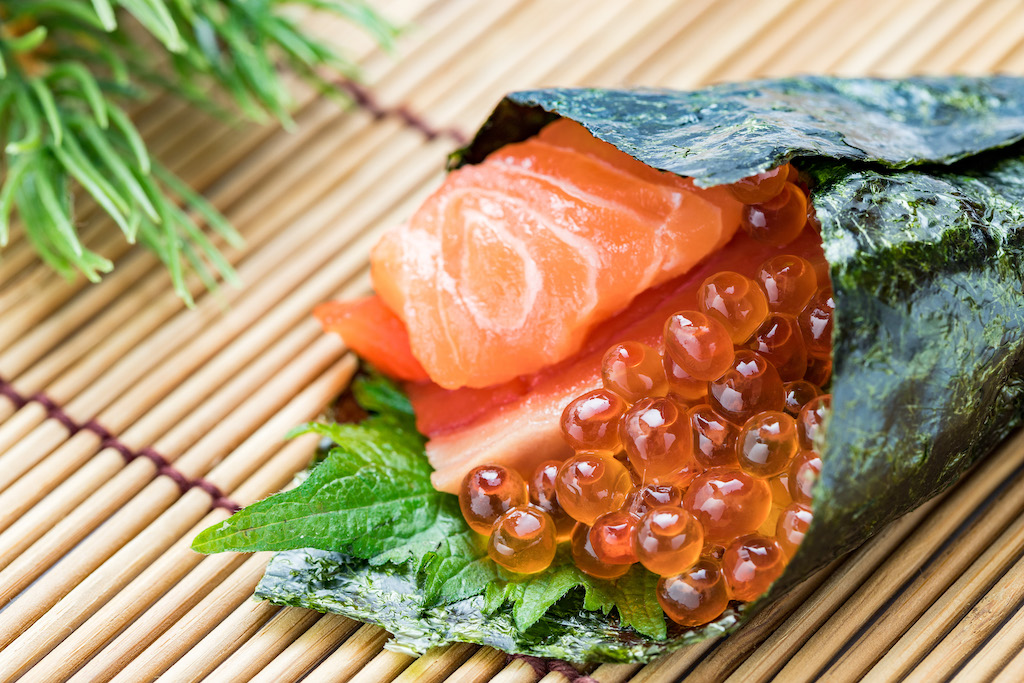
Chirashi-sushi (Scattered Sushi)
It’s a vinegar rice topped with sashimi and other ingredients such as shrimp, egg, vegetables, etc.
If you put ikura on top, it will be very tasty and looks gorgeous!

Seafood Don (Assorted Seafood Rice Bowl)
Ikura is one of the most popular ingredients for assorted seafood rice bowl. Putting only ikura is great too. The bowl of the 2 or 3 kinds of seafood (ikura + sea urchin, ikura + salmon, etc) are also very common and popular in Japan.
 ▲Assorted Seafood Rice Bowl
▲Assorted Seafood Rice Bowl
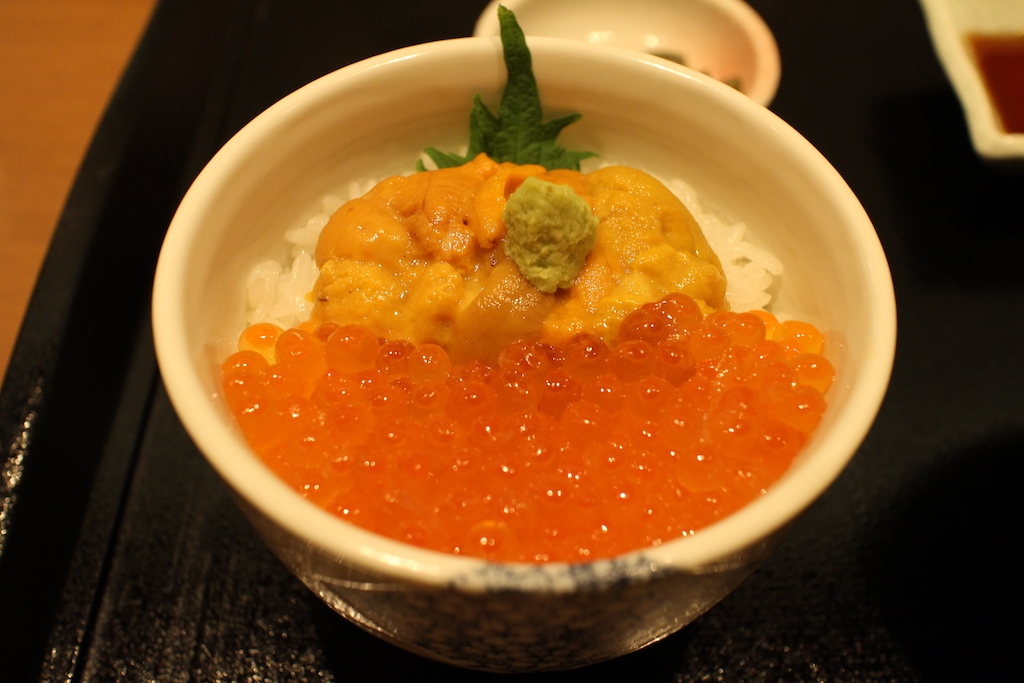 ▲Ikura and Sea Urchin Rice Bowl
▲Ikura and Sea Urchin Rice Bowl
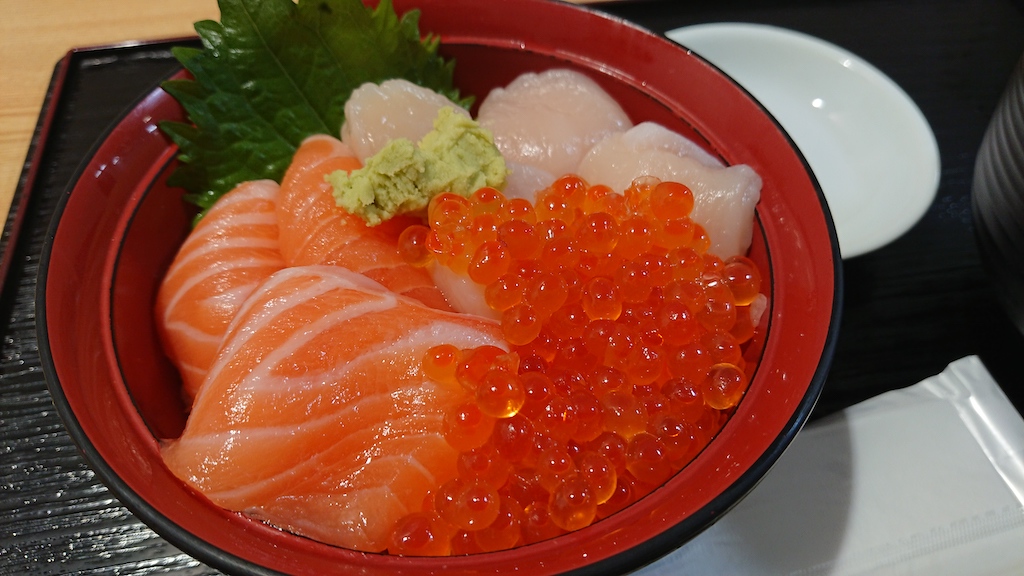 ▲Ikura and Salmon Rice Bowl
▲Ikura and Salmon Rice Bowl
Ikura Pasta
Making pasta sauce with ikura and your favorite ingredients such as other seafood, vegetables, or mushrooms are also recommended to taste delicious ikura!
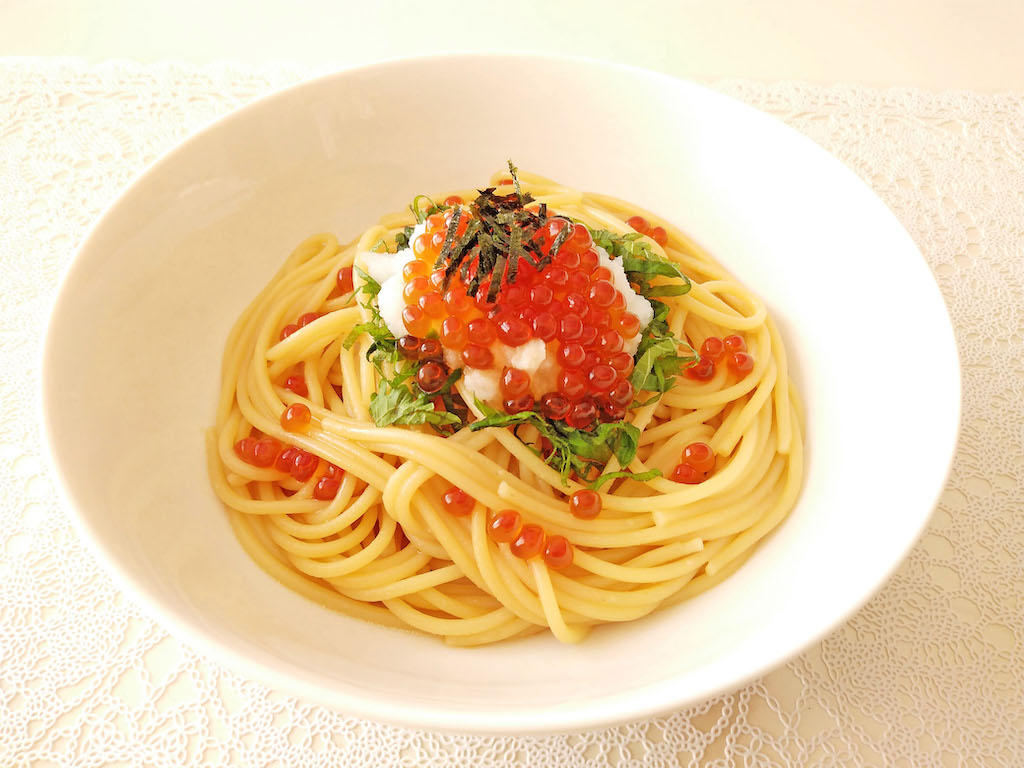
Can You Eat Raw Ikura (Salmon Roe)?
Generally ikura is often eaten without cooking. But, it doesn’t mean that people eat ikura from fish as they are. It’s always marinated in the sauce before eating.
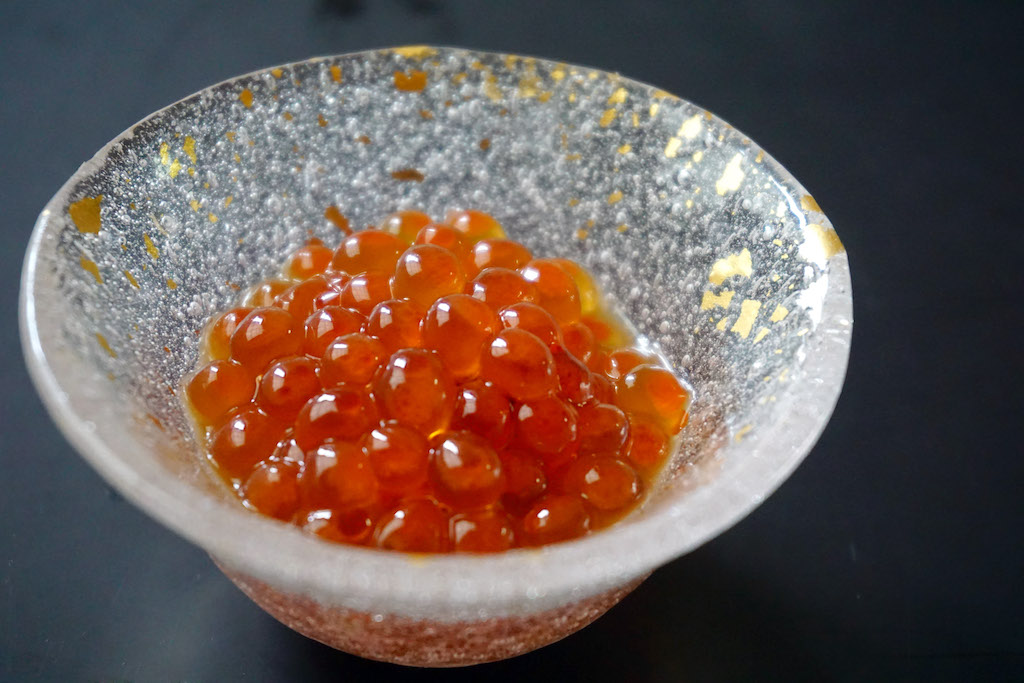
Although it is a rare case, ikura is put in hot pot dish or soup dish in some part of Japan. Ishikari-nabe (salmon and vegetable stew with miso and butter) is a local cuisine of Hokkaido, and some people like to put ikura in it.
 ▲Ishikari-nabe
▲Ishikari-nabe

